Platelets, erythrocytes and leukocytes together form the Blood cells. They take on tasks in blood clotting, oxygen transport and immunological processes. In diseases such as leukemia, the white blood cells change into tumor cells and spread throughout the body.
What are blood cells?
As blood cells or Hemocytes all cells are called that are in the blood of a living being. In the blood of vertebrates, the subsets of platelets, erythrocytes and leukocytes make up the entirety of all cells in the blood. The leukocytes are all blood cells with a nucleus. They can be further subdivided into granulocytes, lymphocytes, macrophages and megakaryocytes.
They play an important role in the immune system. The erythrocytes transport oxygen and thus serve as a transport medium in lungs. The platelets ensure wound closure. In hematopoiesis, all blood cells are created from stem cells such as those found in bone marrow. They are involved in the formation of new blood. Billions of new ones are formed in humans every day Blood cellsbecause the lifespan of erythrocytes and platelets is limited.
Anatomy & structure
Erythrocytes are disc-shaped. They carry glycoproteins on the cell surface. They consist of a network of spectrin filaments. Their limbs are connected by actin filaments and they are highly deformable. Around 90 percent of them consist of hemoglobin, which gives the blood its red color. There are around 24 to 30 trillion of these in the blood. There are between 150,000 and 380,000 platelets in every µl of blood.
They have mitochondria and a special form of the rough endoplasmic reticulum, also known as the canalicular system. The protein tissue factor is contained in their plasma membrane. There are about 4,000 to 10,000 leukocytes in every µl of blood. The subgroups of leukocytes differ anatomically. Granulocytes, for example, have a folded nucleus and carry tiny particles in the cytoplasm.
Function & tasks
Erythrocytes take over the transport of oxygen in the blood system. They absorb the oxygen in the capillaries of the lungs and transport it as a transport medium to the individual organs, where it is released again. They contain hemoglobin, which is capable of binding oxygen. Some of them transport carbon dioxide from the cells and thus support cell respiration. Erythrocytes are repeatedly formed in the so-called red bone marrow, as their lifespan is limited to four months.
Production is controlled by the hormone EPO, which is made in the kidneys. The hormone thrombopoietin is involved in the formation of platelets. Platelets play a major role in blood clotting. When the wound closes, they change their disc shape through the action of substances such as ADP, collagen and thrombin and thus enlarge their surface. Due to a fibrin-mediated bond, the platelets bind to one another during blood clotting and thus close the wound. The red blood cells live eight to twelve days. The leukocytes or the white blood cells are involved in immunological processes. The individual subgroups of the leukocytes have different tasks in these processes. They move along the tissue through the blood system and scan that tissue to detect harmful changes.
For example, they recognize cancer cells or the invasion of parasites. Granulocytes are involved in allergic reactions and fight off viruses, bacteria and fungi. They trigger itching and inflammatory processes. Some leukocytes mark antigens and initiate an immune response. The B-cell group of white blood cells, on the other hand, specializes in the production of antibodies. The T-cell group slows down the immune response if necessary, but also activates the killer cells that attack tumor cells and infected cells.
Diseases
Various diseases can affect the functioning of blood cells. These include anemias, such as those that can occur in the form of iron deficiency. The number of erythrocytes is greatly reduced in anemia. With polyglobulia, however, there are too many erythrocytes in the bloodstream. The blood becomes thick and the risk of thrombosis increases.
If, on the other hand, erythrocytes are increasingly broken down, jaundice occurs and pigment stones form in the bile. However, mutations can also occur with regard to the erythrocytes. In sickle cell anemia, for example, the erythrocytes mutate into a sickle shape so that they can no longer wander through small capillaries. Leukocytes can also be affected by diseases. In leukemia, subgroups of leukocytes become tumor cells, for example. At the level of the bone marrow, tumor cells come into contact with blood and spread throughout the body via the blood system. The mutated leukocytes inhibit the formation of the other blood cells so that there is a tendency to bleed.
Because they are flushed through the entire organ system, they cause discomfort in every organ system. With HIV, however, the number of T helper cells decreases, that is, the total number of leukocytes goes down. In the final stage, this leads to a complete breakdown of the immune system. An abnormal number of platelets, on the other hand, can occur in the context of syndromes such as Gaucher's disease, TAR syndrome or Jacobsen syndrome. Abnormal concentrations can also occur when the spleen is removed, as this organ is responsible for breaking down platelets.
Platelet deficiency is also known as thrombocytopenia. In thrombocytopathies, however, the function of the thrombocytes is impaired.

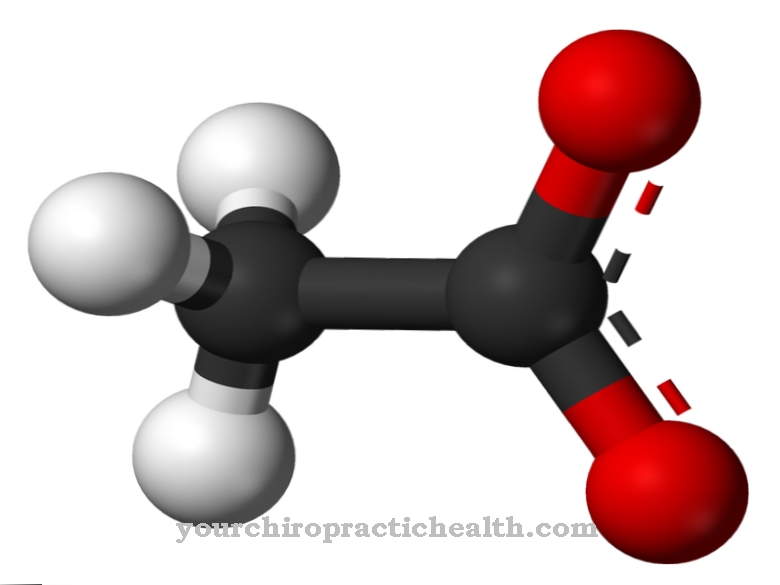
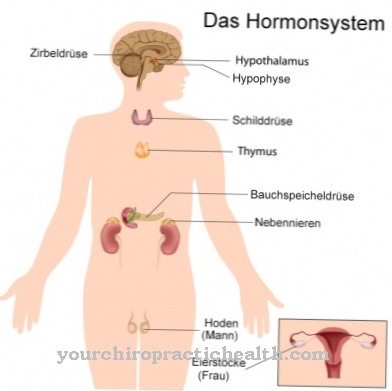
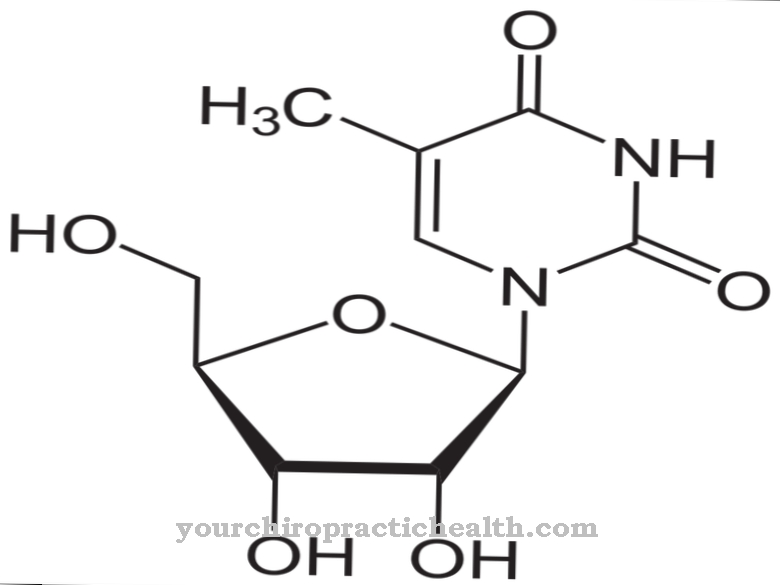
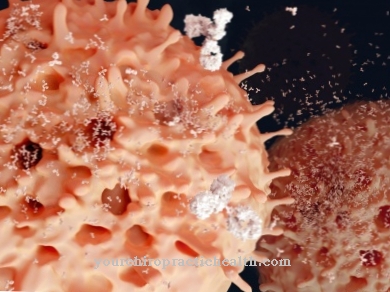

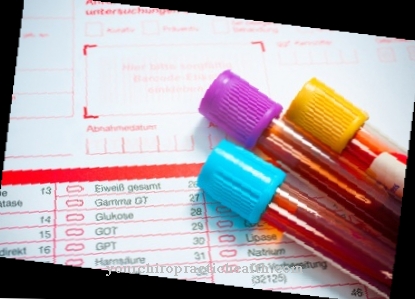

.jpg)



















